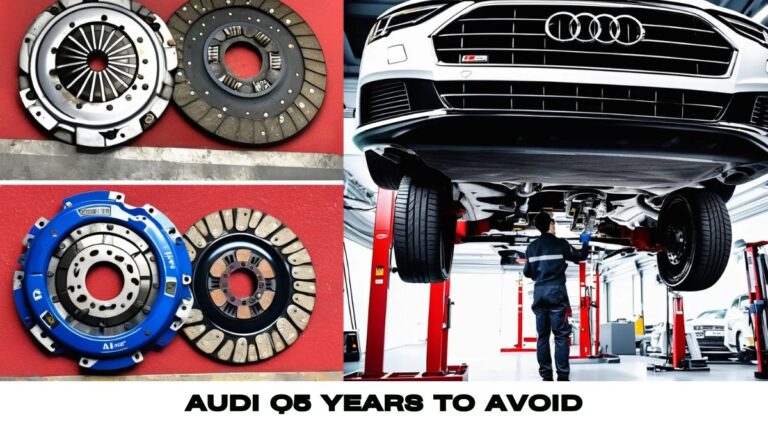The Audi Q5 is a popular choice among luxury SUV enthusiasts, known for its blend of performance, comfort, and advanced technology. However, not all model years of the Audi Q5 have garnered the same level of acclaim.
For the Audi Q5, avoid the 2009, 2011, 2012, 2013, 2014, and 2016 model years due to reliability issues.
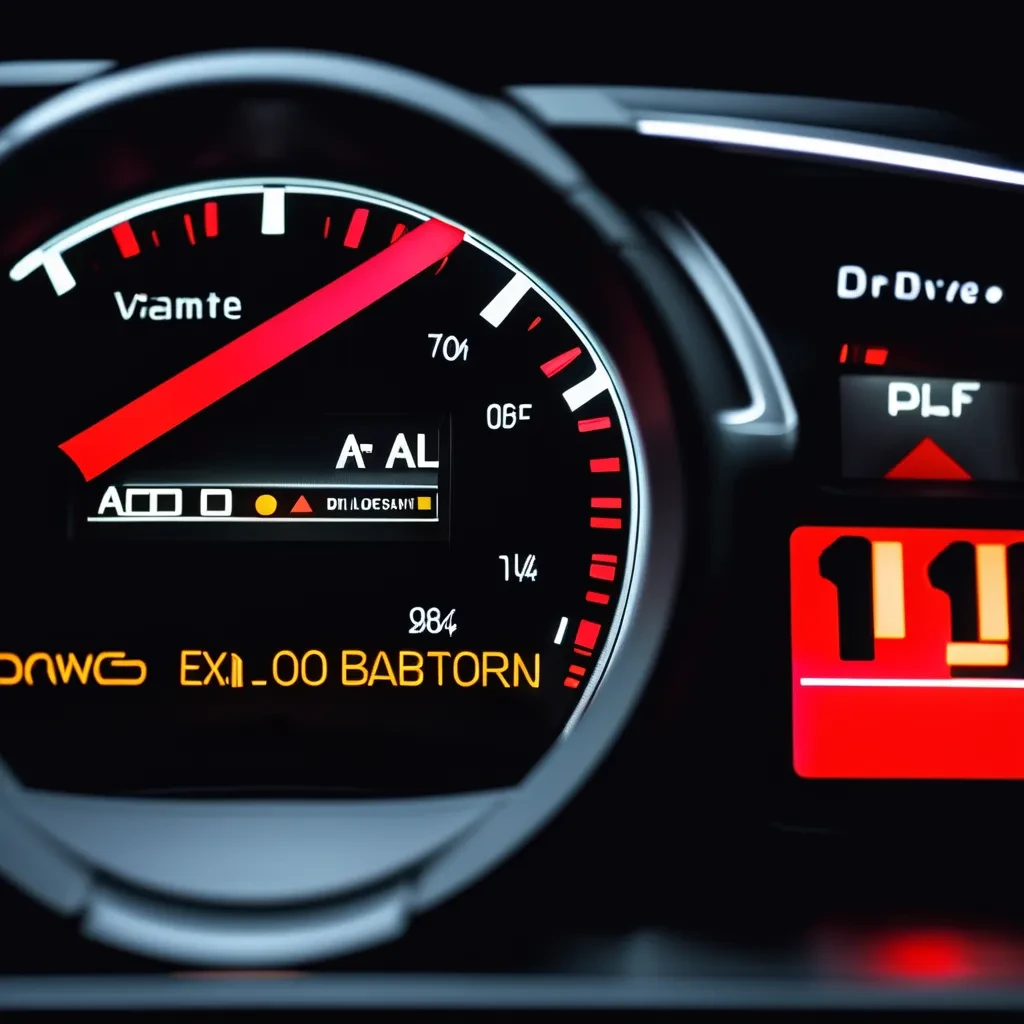
In this article, we delve into the specific years you might want to avoid when considering a used Audi Q5. Our comprehensive guide will help you make an informed decision and ensure you get the most out of your investment.
If you’re seeking more information about Audi, begin your informative journey with Carsdensity.
Table of Contents:
Essential Information on Audi Q5 Years to Avoid
This year-by-year review encompasses issues reported by owners, official manufacturer recalls, and technical service bulletin (TSB) reports. TSBs, also referred to as “secret recalls,” are manufacturer-issued repair instructions that lack the legal force of a recall.
These bulletins can address minor updates to maintenance procedures or significant mechanical problems. It’s common for automakers to issue numerous TSBs for a single model year due to the complexity of modern vehicles.
Audi Q5 Generations
Audi has produced two generations of the Q5. The first generation was manufactured from 2009 to 2017, while the second generation has been in production since 2018. We’ll omit the 2019-2022 model years due to limited information available on these newer Q5 models.
Read Also: Audi A4 Rattle When Accelerating – Causes, Diagnosis, and Solutions!
Audi Q5 Years to Avoid – Essential Information!
2009 Audi Q5:
The 2009 model is the debut year for the Q5, and it’s generally wise to avoid the first year of a new vehicle model. With only 32 consumer complaints, this low number may be due to the limited sales volume of fewer than 14,000 units in the U.S. In contrast, nearly 70,000 Q5s were sold in 2018.
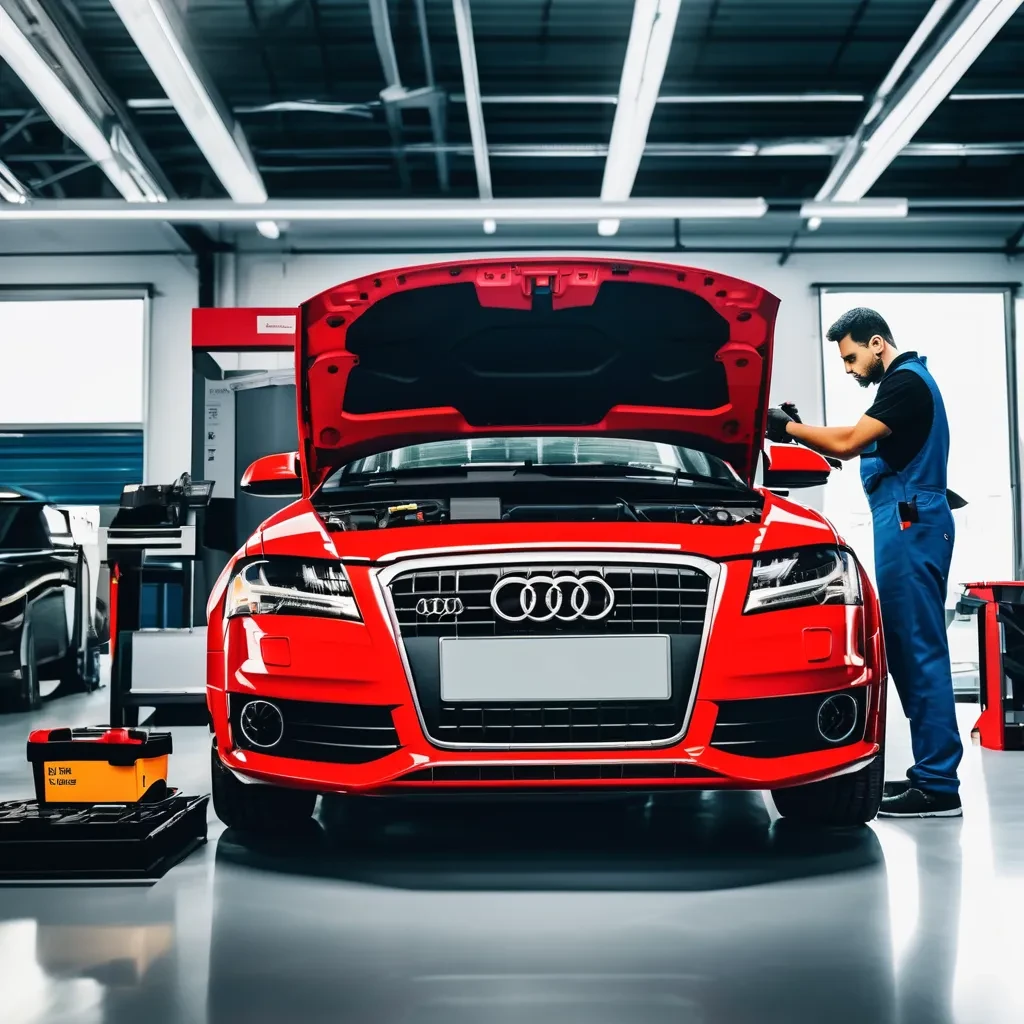
With 606 TSBs for the 2009 Q5, pinpointing a single major trouble area is difficult. Most issues reported by owners involve airbag and seatbelt problems, followed by fuel system issues, reflected in all six recalls. If you encounter problems with a 2009 Q5, checking TSB reports is advisable for potential causes and solutions.
2010 Audi Q5:
The 2010 model year saw an increase in TSB reports to 759, more complaints, and higher sales volume. The same airbag, seatbelt, and fuel system issues persisted, with four recalls addressing these problems. Therefore, the 2010 Audi Q5 is also a year to avoid.
2011 Audi Q5:
The 2011 Q5 continues to suffer from the same recalls as earlier models, with additional reports of engine problems like excessive oil consumption. Complaints rose by 60% to 191 for this model year, accompanied by 895 TSBs. Hence, the 2011 Q5 is another model year to steer clear of.
2012 Audi Q5:
Complaints increased to 206 for the 2012 Q5, with repeated issues from earlier models and new problems like engine and sunroof failures. The automaker issued 985 TSBs, making 2012 a crucial year to avoid for the Audi Q5.
Read Also: Drive System Fault Audi – A Comprehensive Visual Guide!
2013 Audi Q5:
Complaints about the 2013 Q5 decreased to 100, but new issues like electrical and steering problems emerged. This year saw the highest number of TSBs at 1309, with recalls addressing electrical and cooling systems. Caution is advised when considering a 2013 Q5.
2014 Audi Q5:
Consumer Reports gave the 2014 Q5 a “good” reliability rating, but 111 complaints still surfaced, primarily regarding excessive oil consumption. It’s important to have a mechanic inspect any used 2014 Q5.
2015 Audi Q5:
The 2015 Q5 shows improvement, with fewer complaints and TSBs (867). Consumer Reports rated it “fair” in reliability, and common issues like steering and oil consumption decreased. A 2015 Q5 is a safer bet for a used vehicle.
2016 Audi Q5:
The 2016 Q5 continues the trend of reduced complaints and TSBs (672), receiving a good rating from Consumer Reports. Complaints are spread across various issues without one dominant problem, making it a strong contender for a used Audi.
2017 Audi Q5:
The last year of the first-generation Q5 is a solid choice for a used car. Complaints are significantly lower than in earlier years, and it received a “very good” rating from Consumer Reports. TSBs are modest at 473, indicating many issues had been resolved by this point.
2018 Audi Q5:
The 2018 Q5 is an all-new model, so consider the potential risks of buying a used one. Complaint frequency is moderate, with most issues involving various electrical problems. This model year received a good rating from Consumer Reports.
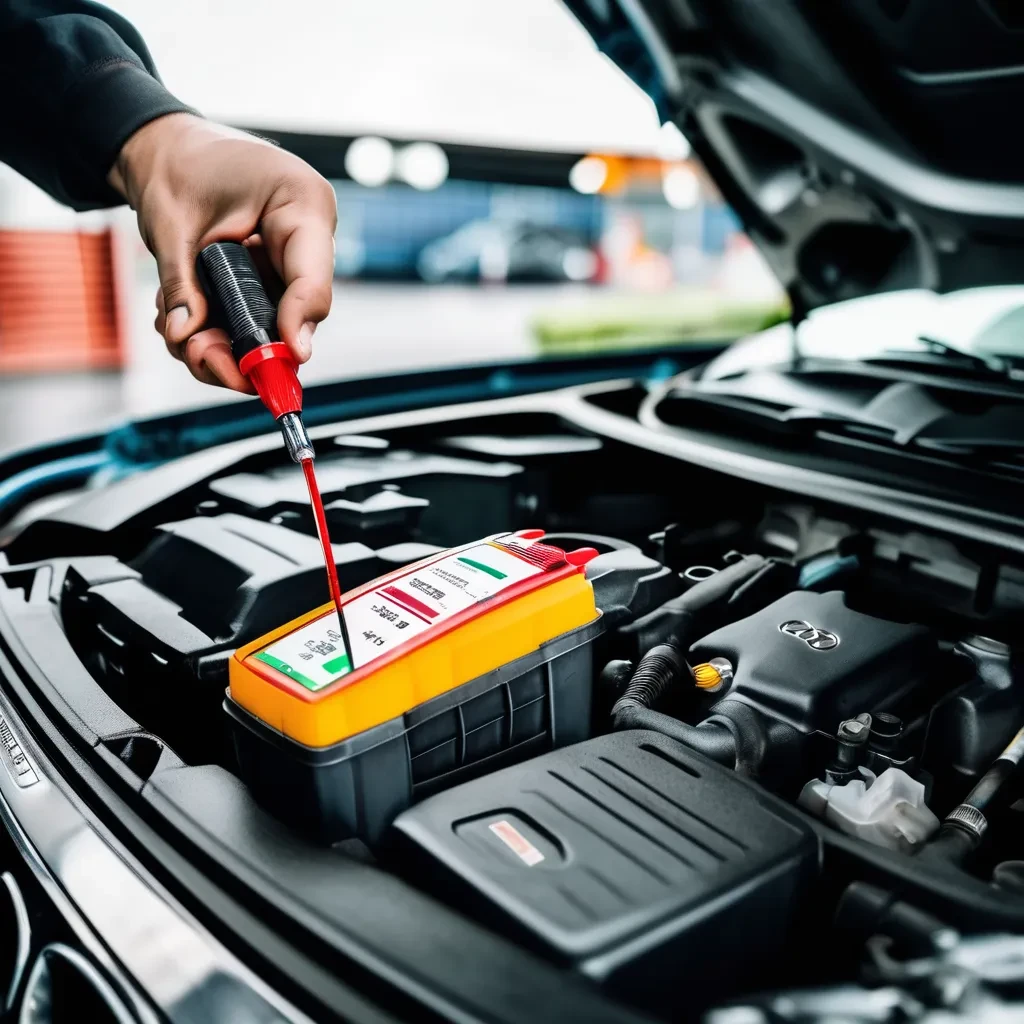
A used 2018 Q5 might still be under factory warranty, so reviewing manufacturer service and repair records is recommended.
Read Also: Audi Bluetooth Function is Currently Unavailable – Discuss with us!
Common Audi Q5 Problems
According to RepairPal, the Audi Q5 has an average reliability rating of 3.0 out of 5.0. If you’re considering a used Audi Q5, here are some of the most common issues to be aware of:
Defective Timing Chains:
The 2011-2012 Q5 models are known for early failure of the timing chains, specifically due to issues with the timing chain tensioner, which keeps the chain properly tightened to the gears and pulleys. A lawsuit was filed over this problem, resulting in a settlement from Audi.
Read Also: Audi q8 throttle lag fix – Don’t take a risk!
Excessive Oil Consumption:
Many Audi models with turbocharged engines, including the 2011 Q5, have had problems with excessive oil consumption. This issue also led to a lawsuit, which Audi settled without admitting fault.
Defects in the Start-Stop System:
Owners of 2017-2020 Q5 models have reported issues with the start-stop system, including delayed acceleration response and power steering and brake shut-offs, making the car dangerous to drive.
Leaking Fuel Pump Flanges:
Reports indicate that the fuel pump flanges in some Audi models developed hairline cracks, causing small leaks. This is a serious issue because leaking fuel can potentially ignite if it contacts internal components.
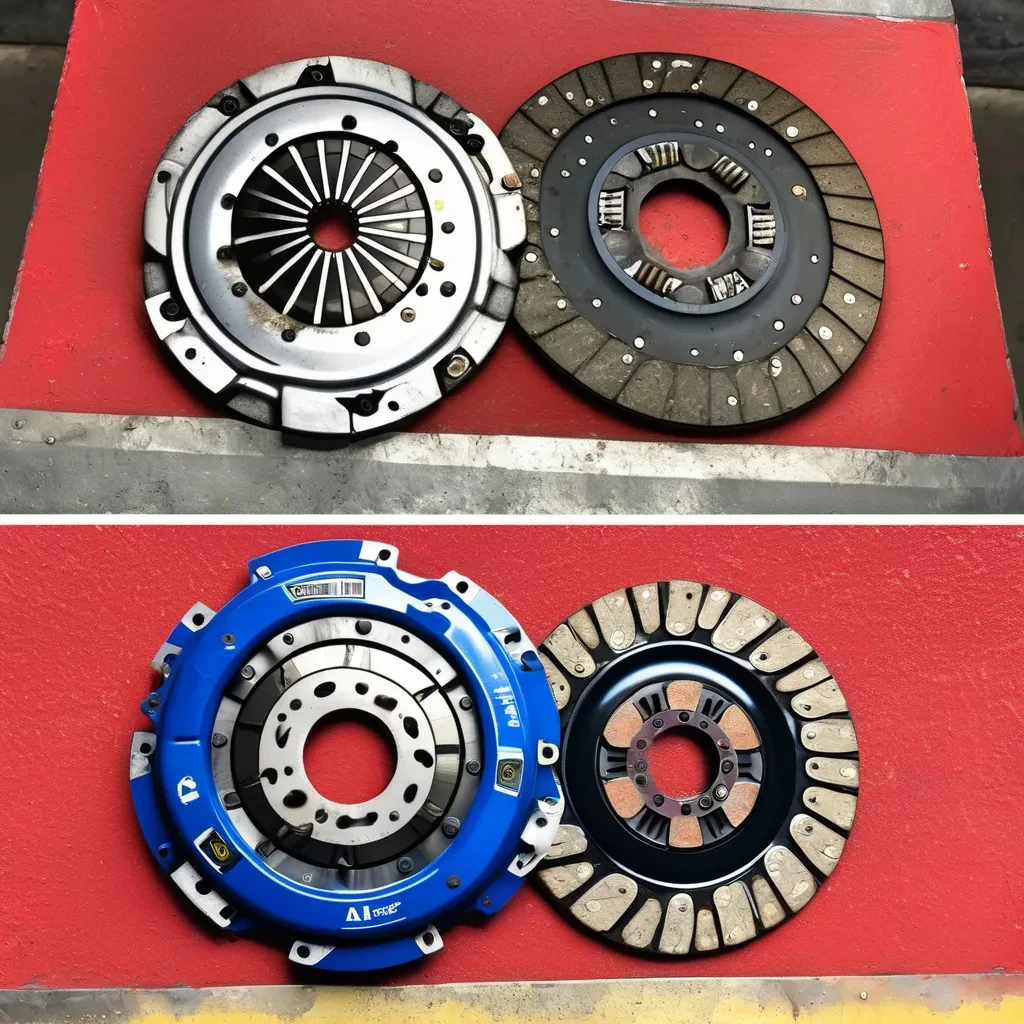
Read Also: Audi q7 years to avoid – Don’t take risks!
Automatic Transmission Failure:
The 2009-2010 and 2012 Q5 models have experienced transmission failures, including sudden lockup, rough shifting, and complete breakdowns, requiring costly repairs or replacements.
Sunroof Leaks and Failures:
Sunroof leaks and operational failures have been reported in the 2009-2017 models, leading to water damage inside the vehicle and affecting electronic components. These problems are often due to faulty seals or drainage issues.
Faulty Steering:
Owners of the 2014-2017 Q5 models have reported steering problems, such as stiff steering and unusual noises during low-speed maneuvers or when the vehicle is stationary.
Electrical Issues:
The 2009-2016 models have faced various electrical problems, affecting dashboard warning lights, exterior lighting, the infotainment system, and the electronic rearview camera.
Suspension Woes:
The 2009-2012 Q5 models have had suspension-related complaints, with premature wear of suspension components leading to noise, reduced ride quality, and handling issues. These problems often require expensive repairs or replacements due to the Q5’s status as a luxury vehicle.
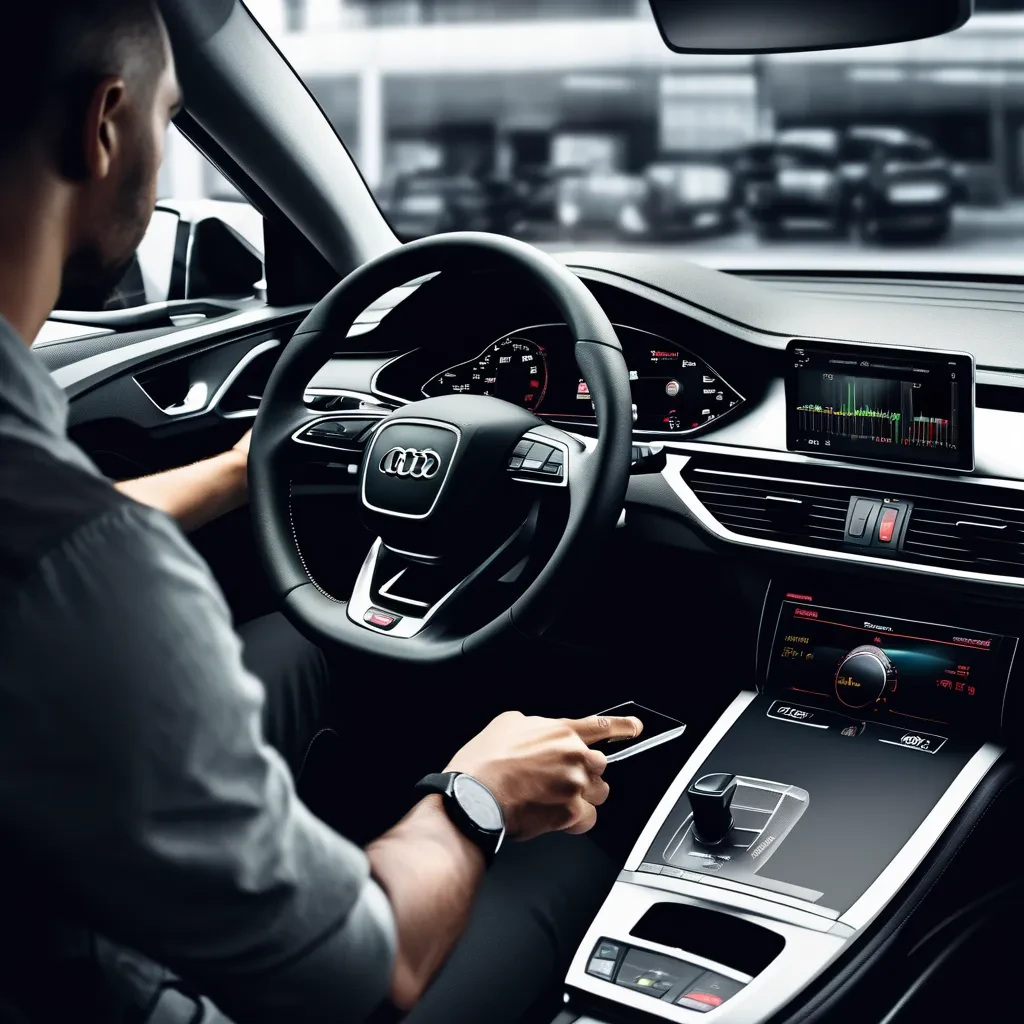
Read Also: Drive System Malfunction Audi – Everything you need to know!
Are Audi Q5s Typically Reliable?
The Audi Q5, known for its striking design and impressive craftsmanship, doesn’t always deliver on reliability. Several model years of the Q5 have a history of various issues.
How Much Is the Average Price of a Used Audi Q5?
The Audi Q5 has been available in the U.S. since 2009, leading to lower prices for older models compared to newer ones. According to a recent CoPilot Price Pulse report, the average asking price for a 2009 Audi Q5 is $9,818.
In contrast, a 2020 Audi Q5 averages $35,054, reflecting a 12% premium due to the high demand for crossovers and the limited supply of used cars.
What Are the Best Audi Q5 Years to Buy?
If you’re looking to purchase an Audi Q5, it’s crucial to know which years to avoid and which are the most reliable. Here are the best Audi Q5 years to consider:
- 2008
- 2009
- 2018
- 2019
- 2020
- 2021
These models boast better reliability and safety ratings, fewer problems, and uphold the Q5’s reputation for satisfaction, whether used or new. Let’s delve into the two best options.
Read Also: Drive System Malfunction Audi Q7 – Let’s Explore!
2009 Audi Q5:
Despite being an early production model, the 2009 Audi Q5 stands out as one of the most reliable. With over 15 years since its debut, there’s ample data from driver reviews and ratings to confirm its reliability.
Unlike later models, it didn’t suffer from issues like fuel leaks or excessive oil consumption. Thanks to high-reliability ratings from experts and former owners on Edmunds, the 2009 Q5 remains a great choice on the used car market and is the only first-generation Q5 worth considering.
2019 Audi Q5:
The 2019 Audi Q5, part of the second generation, is another excellent option on the used car market. This model received a facelift for both the interior and exterior and significant mechanical improvements.
The 2019 Q5 overcame the first generation’s issues, such as oil consumption, sunroof problems, and faulty airbags. The upgraded 2.0-liter TFSI engine no longer had significant oil leak issues, making the 2019 Q5 one of the best overall choices.
Is a Q5 a Good Buy?
The Audi Q5 is a great choice for drivers with refined tastes. While it faces serious competition in terms of performance, it surpasses many other luxury vehicles in looks and style.
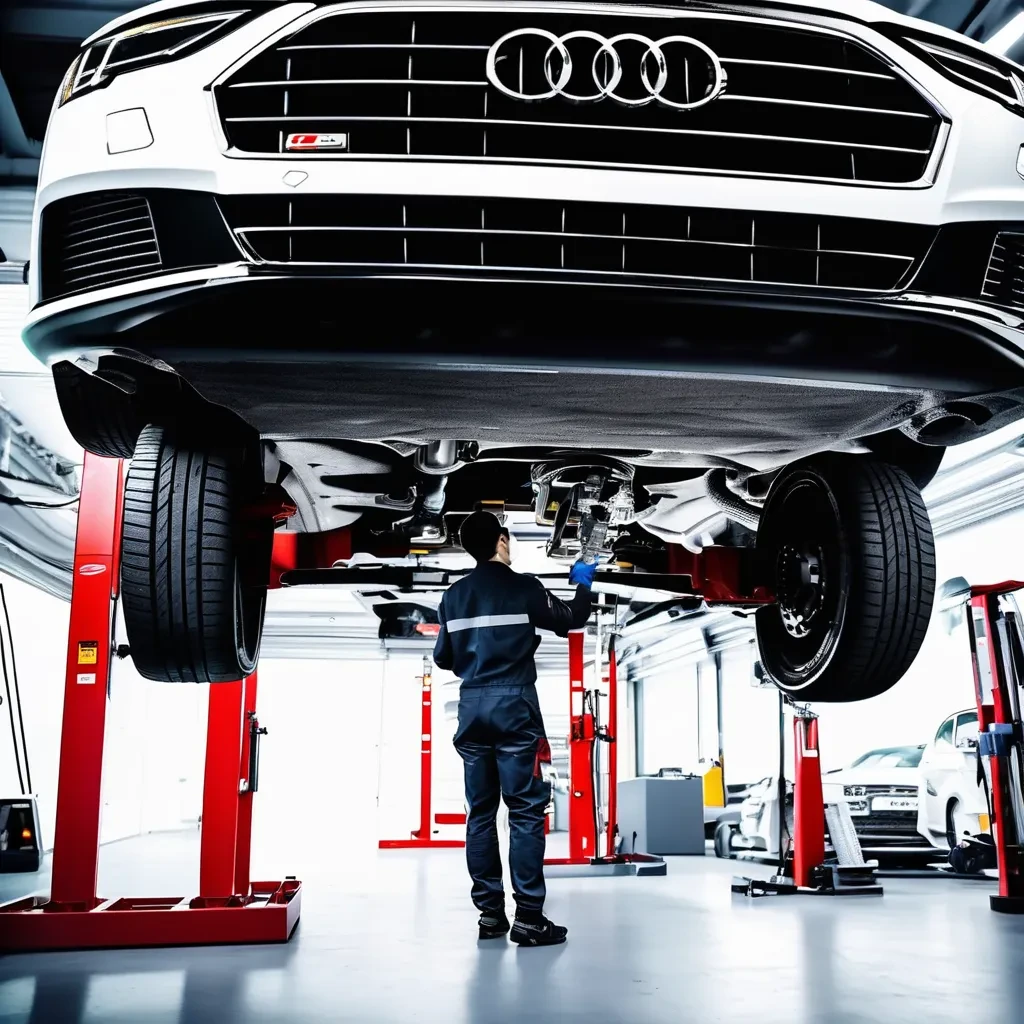
Read Also: Do Audi Dealers Negotiate? – A Complete Visual Guide!
Is the Audi Q5 a Good Used Car?
The Audi Q5 is an excellent used car. Some models are better bought used, especially those with the most complaints. When new, there is a higher risk of encountering problems. However, most used Q5s have already had these issues addressed under warranty and through numerous recalls.
Which Year Was the Worst for the Audi Q5?
The 2014 Audi Q5 is considered the worst model year. It had severe issues that significantly compromised the vehicle’s safety. Problems included excessive oil consumption, faulty airbags, and sunroof leaks. The 2014 Q5 should be avoided, even in the used car market.
Read Also: Audi A4 Rattle When Accelerating – Causes, Diagnosis, and Solutions!
Issues by Model Year for Audi Q5: Years to Steer Clear of
The National Highway Traffic Safety Administration (NHTSA) and owner reports on carcomplaints.com have the following complaints about the Audi Q5:
| Model Year | Number of Complaints |
| 2018 | 88 |
| 2017 | 33 |
| 2016 | 51 |
| 2015 | 67 |
| 2014 | 111 |
| 2013 | 100 |
| 2012 | 206 |
| 2011 | 191 |
| 2010 | 113 |
| 2009 | 32 |
The Audi Q5, introduced in 2009, marks Audi’s entry into the compact luxury SUV market. Like many new models, the initial year came with potential pitfalls, and this was true for the Q5.
Over the years, Audi has refined and improved the Q5, addressing many issues and enhancing its overall reliability. Let’s take a closer look at the evolution of the Audi Q5 over the years.
- 2012 and 2011: These years had the highest number of complaints, indicating significant issues during these model years.
- 2014: Although not as problematic as 2012 and 2011, the 2014 model year still had a substantial number of complaints, making it one to be cautious of when buying used.
- 2013 and 2010: These years also had a high number of complaints, suggesting that potential buyers should carefully review these models for known issues.
- 2018, 2017, 2016, 2015: These more recent years had fewer complaints, reflecting Audi’s improvements and refinements over time.
Overall, the Audi Q5 has evolved positively, with significant improvements in reliability and performance in more recent models. However, caution should be exercised when considering older models, particularly those from 2011, 2012, and 2014.
Read Also: Does Valvoline do Audi oil Changes? – A Deep Dive!
Early Years: 2009-2012
In the initial years of the Audi Q5, several issues were reported, mainly involving airbags, seatbelts, and fuel systems. The debut year of 2009 had relatively few complaints, likely due to lower sales volumes.
In the years that followed, the number of complaints and technical service bulletins (TSBs) rose along with sales. Recurring problems, such as engine issues and sunroof failures, became prevalent in models from 2011 onwards, making these years less favorable for potential buyers.
Mid-Generation Improvements: 2013-2016
During the mid-2010s, Audi made significant strides in addressing some of the Q5’s reliability concerns. While issues persisted, especially with electrical and steering systems in 2013, the peak in technical service bulletins indicated ongoing efforts to resolve these problems.
By 2015 and 2016, there was a discernible decline in TSBs and complaints, indicating increased dependability and fewer frequent issues.
Read Also: Audi vin decoder options list – Comprehensive Visual Guide!
Final Years of the First Generation: 2017-2018
The last years of the first-generation Audi Q5 saw significant improvements in reliability. Complaints dropped substantially, and the number of technical service bulletins was modest, suggesting that Audi had resolved many of the earlier issues.
The 2018 model, in particular, with its all-new iteration, featured enhanced attributes and fewer complaints, making it a viable option for used car buyers.
Best Engine in the Audi Q5
The diesel engine is our top choice in the Q5 range. It is powerful, efficient, and relatively refined, accelerating from 0-62 mph in 7.6 seconds and achieving a top speed of 137 mph. For those who prefer petrol engines, the 45 TFSI is an excellent option, capable of going from 0-62 mph in 6.1 seconds and reaching a top speed of 149 mph.
How Many Miles Should an Audi Q5 Last?
The estimated lifespan of an Audi Q5 is around 132,000 miles before reaching its upper limit. Fuel type plays a significant role in determining a vehicle’s lifespan.
Is It Expensive to Fix an Audi Q5?
An Audi Q5 will cost about $12,068 for maintenance and repairs over its first 10 years of service, which is $3,646 less than the industry average for luxury SUVs. There is a 36.25% chance that a Q5 will require a major repair during this period, which is slightly better than the average for similar vehicles.
Read Also: My Audi Vehicle is not Parked Safely – Don’t take risks!
Which Is Better, the Audi Q5 or the BMW X5?
When compared to the 2023 BMW X5, the Audi Q5 is more economical and features more restrained styling. However, the X5 is larger, offers more passenger and cargo space, and has more powerful performance. The Q5 edges out the X5 in fuel economy, though the difference is not substantial.
Yearly Maintenance for an Audi Q5
Annual maintenance for the Audi Q5 includes an oil and filter change, tire rotation, and a safety inspection. Audi recommends performing minor maintenance every 10,000 miles or one year, whichever comes first. This service also includes replacing the engine air filter and cabin air filter.
Cost of an Oil Change for an Audi Q5
The average cost for an oil change on an Audi Q5 is between $114 and $124. Labor costs range from $35 to $44, while parts typically cost around $79.
Is the Audi Q5 Better Than the Toyota RAV4?
The iSeeCars Overall Quality rating for the Audi Q5 is 8.1 out of 10, compared to the Toyota RAV4’s rating of 8.8 out of 10. This ranks the Q5 fourth among the best luxury small SUVs, while the RAV4 ranks second among the best small SUVs.
Read Also: Which Audi Drive Select Is Best For Gas Mileage? – Let’s Explore!
Can You Use Regular Gas in an Audi Q5?
If your Audi Q5 has a turbocharged engine, you should use premium-grade gasoline. However, if it has a naturally aspirated engine, regular gas can be used.
Is the Audi Q5 a Smooth Ride?
The Audi Q5 provides a smooth ride comparable to that of a sedan, despite its higher ride height as an SUV. This contrasts with other Q-series SUVs, which tend to have a stiffer ride, especially in sportier models.
What is the Top Audi Q5 Model?
The 2024 Audi Q5 Prestige is the top model in the Q5 lineup. It offers a high level of luxury with features such as ventilated front seats, heated rear seats, and a climate-controlled cup holder, enhancing comfort and convenience for all passengers.
Frequently Asked Questions:
Are there specific issues with the 2012 Audi Q5?
Yes, the 2012 Audi Q5 has been reported to have numerous problems, including engine issues, fuel system failures, and problems with the airbag system. It had the highest number of complaints compared to other model years.
How does the 2011 Audi Q5 compare in terms of reliability?
The 2011 Audi Q5 also had a high number of complaints, particularly related to engine performance, electrical system malfunctions, and sunroof leaks. These issues make it a less reliable choice.
What are the common issues with the 2013 Audi Q5?
The 2013 Audi Q5 often has electrical and steering issues. Additionally, problems with the air conditioning system and power equipment have been frequently reported.
Is the 2010 Audi Q5 a reliable option?
The 2010 Audi Q5 had several complaints, particularly related to engine and transmission issues. Buyers should be cautious and thoroughly inspect the vehicle’s history before purchasing.
How did Audi address the problems in the Q5 models from 2009-2012?
Audi implemented several technical service bulletins (TSBs) and recalls to address issues in the Q5 models from these years. Ensuring that these repairs were performed is crucial when considering these models.
Are there specific recalls for the 2014 Audi Q5?
Yes, the 2014 Audi Q5 had multiple recalls, including those for the airbag system and sunroof leaks. Buyers should verify that these recalls have been addressed in any used models.
How does the resale value of problematic Audi Q5 years compare to more reliable years?
The resale value of problematic Audi Q5 years (2011, 2012, and 2014) is typically lower due to their known issues. More reliable years, especially from 2015 onwards, tend to retain higher resale values.
What should I look for in a service history when buying a used Audi Q5?
Look for records of regular maintenance, any completed recalls, and repairs for common issues such as oil consumption, electrical system problems, and sunroof leaks.
How can I ensure a used Audi Q5 is a good buy?
To ensure a used Audi Q5 is a good buy, get a pre-purchase inspection from a trusted mechanic, check the vehicle’s history report, and confirm that all known issues have been resolved.
Are Audi Q5 models from 2015 and newer more reliable?
Yes, Audi Q5 models from 2015 and newer have shown improved reliability. These models have fewer complaints and have benefitted from Audi’s efforts to address earlier issues.
How important is it to follow up on recalls for the Audi Q5?
Following up on recalls is crucial for the safety and reliability of your Audi Q5. Ensure all recall-related repairs have been completed to avoid potential issues.
Can an Audi Q5 last beyond its estimated lifespan of 132,000 miles?
Yes, with proper maintenance and care, an Audi Q5 can last beyond its estimated lifespan. Regular servicing, timely repairs, and addressing any issues promptly can extend the vehicle’s longevity.
Conclusion:
At the end of the conclusion,
For the Audi Q5, it’s best to steer clear of the 2009, 2011, 2012, 2013, 2014, and 2016 model years due to various reliability problems.

